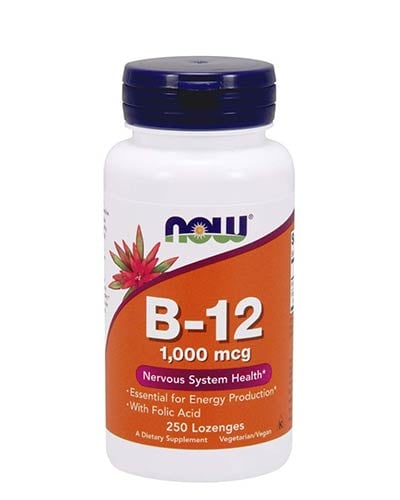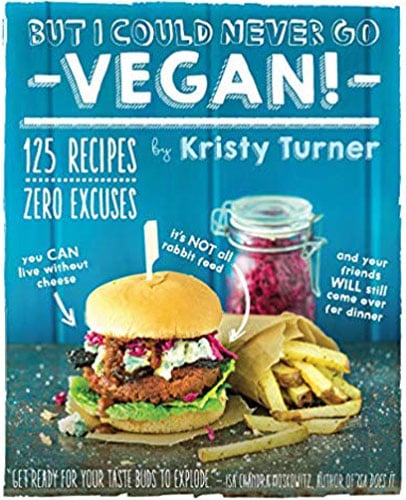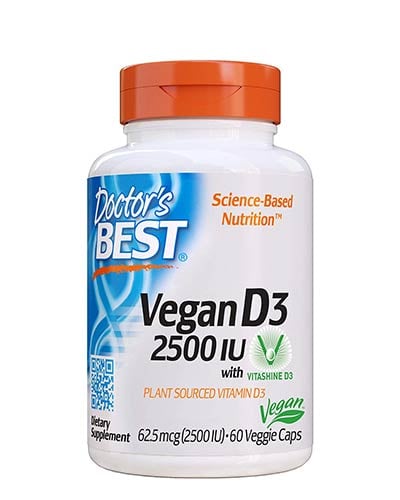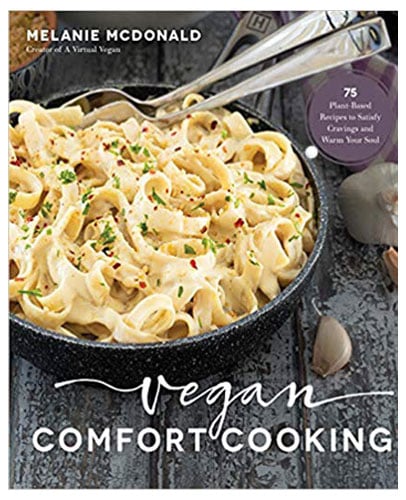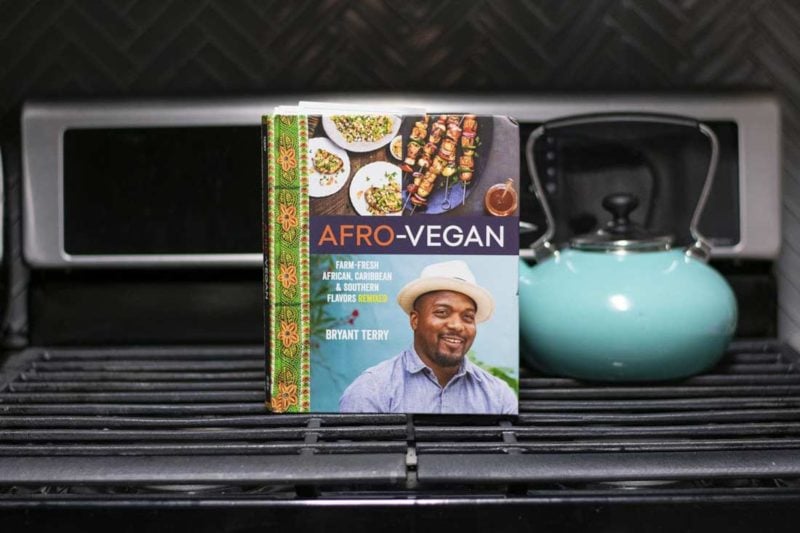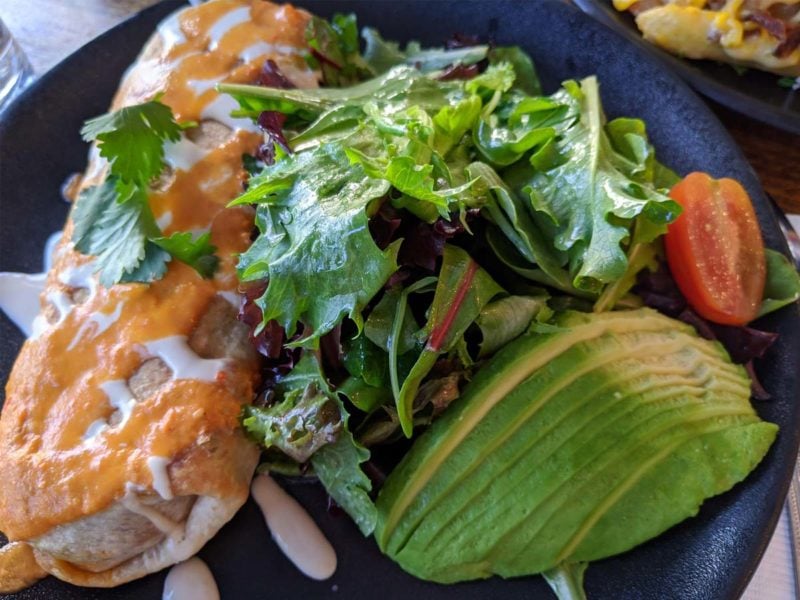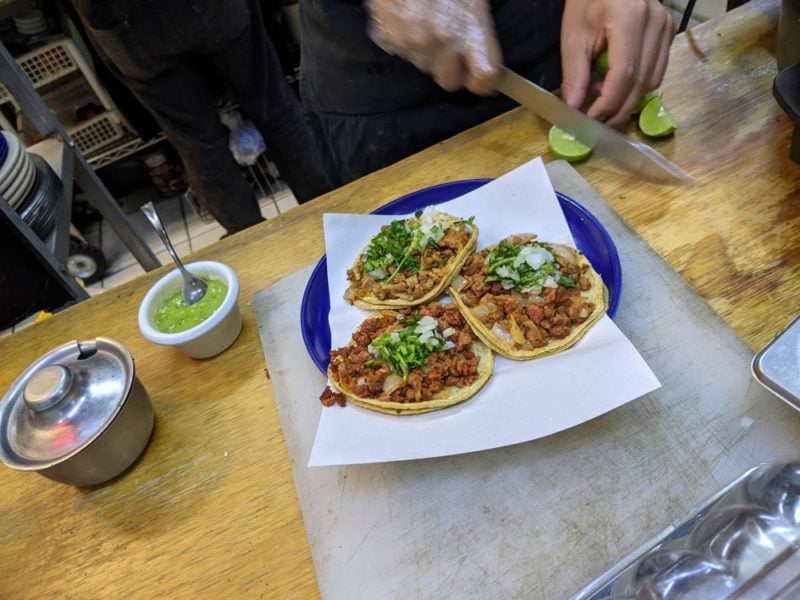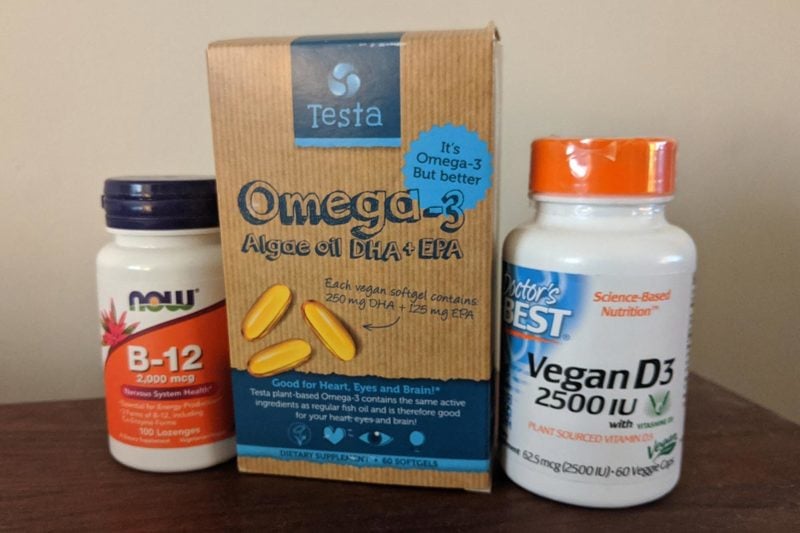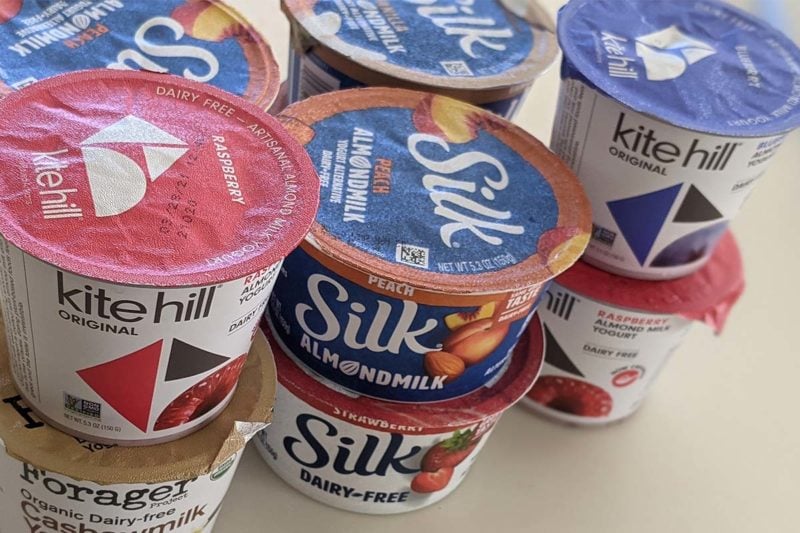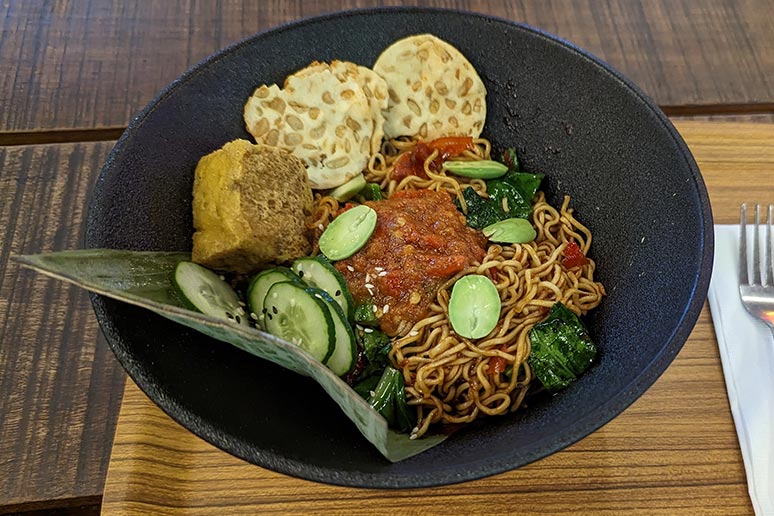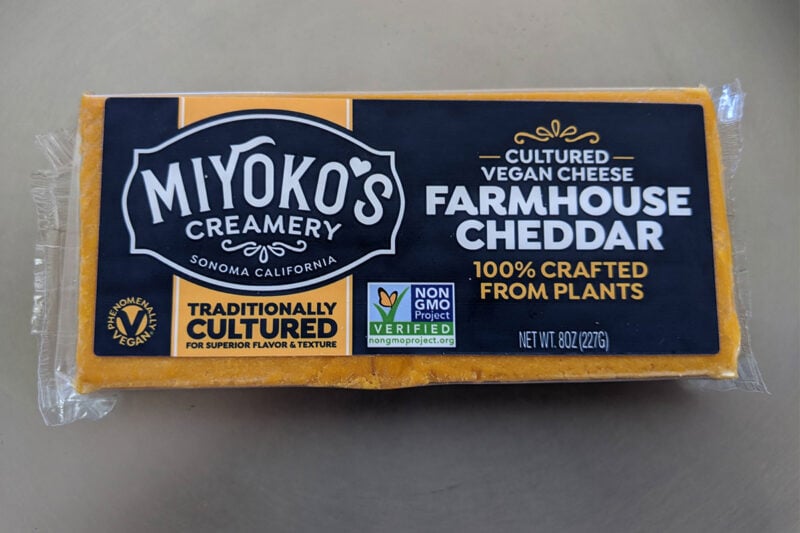Chapter 21
Core Foods: Smoothies & Sandwiches
Although cookbooks can teach you a lot about cooking, it’s a vastly better use of your time to learn how to make core foods than it is to learn specific recipes. What are core foods? They are foods that can form the core of your diet because they satisfy four criteria:
- They are quick and easy to make, since you obviously don’t want your diet to be heavily based on fussy foods that take forever to prepare.
- Any one core food can be prepared in numerous ways, so it doesn’t seem like you’re eating the exact same food every single day.
- They are healthful. It’s OK to eat the occasional chocolate bar or bag of potato chips, but the foods that form the core of your diet had better be good for you and loaded with nutrients.
- This final quality should be common sense: your core foods need to be so delicious that you’ll want to eat them every day.
In this chapter, we’ll cover two core foods that I think you’ll love: fruit smoothies and sandwiches. Over the course of this chapter, we’ll see that these two foods are easy to make, taste great, are highly nutritious, and can be prepared from different ingredients every time.
Smoothies
Smoothies may be the easiest food you’ll ever make—even if you don’t know how to boil water you can make a smoothie. The whole process takes thirty seconds, with cleanup being almost as quick. You start with some sort of vegan milk: soymilk, almond milk, rice milk, hempseed milk, whatever. Put a cup or two of your vegan milk in a blender and then drop in a handful of frozen fruit, and give it a whirl until everything is thoroughly blended.
One virtue of smoothies is they’re a perfect place to toss in a teaspoon of ground flax seeds, so you can get your full day’s worth of omega-3s, plus a nice serving of fruit, just as you’re starting up your day.
The best part about smoothies is that you can mix up your fruits from one day to the next. You can buy numerous varieties of bagged frozen fruit at any supermarket or natural foods store.
As delicious as fruit smoothies are, they taste even better when you’ve picked and prepared the fruit yourself. One of my favorite summertime activities is to visit a you-pick orchard or berry farm, and spend a couple hours picking my favorite fruits. When I get home, I’ll wash and then cut up the fruit, then freeze everything in single layers on baking sheets until all my fruit is rock-hard. At that point I transfer the fruit to gallon-sized freezer bags for storage in my freezer. The tray-based preparation technique I just described is called IQF (Individually Quick Freezing), and it ensures that the fruit in your freezer bag doesn’t freeze together into an unappetizing icy brick. I also use this IQF technique for freezing peeled and sliced bananas.
You can further increase your smoothie variety by blending two or more fruits at once. Today you might prepare a blueberry-strawberry smoothie and tomorrow you might enjoy a smoothie made from apricots and blackberries.
Sandwiches
Let’s now move on to this chapter’s other core food: sandwiches. While you can concoct a wide assortment of smoothies, the variety of sandwiches you can create is near-infinite.
First, the bread. If you’ve got a bread machine, you can continually change up the variety of breads you make: whole wheat, rye, raisin, multigrain, and so forth. Many bread machine recipes nicely accommodate the addition of a tablespoon of ground flax, which helps boost your intake of omega-3s. Whatever bread you select, whole grain varieties are the most nutritious.
You can keep things interesting by occasionally making your sandwich from a bagel instead of sliced bread. Also, anything you can put in a sandwich could just as easily go into a tortilla-based wrap. My favorite brand of tortilla is made by Alvarado Street Bakery. They make small and large whole grain tortillas from sprouted organic wheat. These tortillas are frozen and distributed to natural food stores across the United States. I often heat these tortillas for a few seconds on each side in a skillet over low heat. This not only provides some welcome warmth, it also softens up the tortilla so it’ll roll into a wrap without breaking.
Let’s now look at possible sandwich fillings. Perhaps the most popular sandwich in America is the old standby, peanut butter and jelly. As I mentioned in a previous chapter, jams and preserves are tastier and more nutritious than jelly. Additionally, many people don’t realize that peanut butter is only the beginning of their nut butter options. You can choose all sorts of other nut butters that are widely sold at natural food stores. Almond butter is great, I love cashew butter and macadamia butter, and pistachio butter is difficult to find but is my favorite option of all.
There are plenty of other great sandwich fillings. Hummus is fantastic on a sandwich along with some thinly-sliced tomato and either sprouts or finely-chopped parsley. You might want to add some sliced olives and a few drops of hot sauce as well. And remember that there are innumerable varieties of hummus—many vegan cookbooks feature especially creative varieties.
Vegan sliced meats can be found at any natural foods store. Sliced seitan can be great as well. Smoked, grilled, or baked tofu, cut into thin slices, is a terrific sandwich filling. One of my mother’s favorite foods is a BLT made with a vegan product called Smart Bacon.
Every once in a while I get a craving for a grilled cheese sandwich. I’ll grate or thinly slice some vegan cheese, and then, before grilling, I’ll butter the bread with vegan margarine.
When you add up all the varieties of bread, bagels, tortillas, fillings, veggies, and spreads that could possibly go into a sandwich, you start to see that the possibilities are nearly limitless.
As nutritious as smoothies and sandwiches are, these foods won’t be adding many vegetables to your diet. In order to boost our consumption of healthy vegetables, we’ll next look at three more core foods: salads, stir-fries, and grilled veggies.
Next Chapter: More Core Foods: Salads, Stir-Fries, & Grilled Veggies
Return to: Table of Contents
Get the updated second edition of this book on Kindle for just 99 cents, or in paperback for $8.95.
This page and The Ultimate Vegan Guide is Copyright 2010 by Erik Marcus, all rights reserved. My writing is my sole means of support, so please don’t abuse the generosity I’ve shown in making the full text of this book freely available from Vegan.com. Posting the text of this book to other websites, and copying or distributing it through other means, is strictly prohibited.

